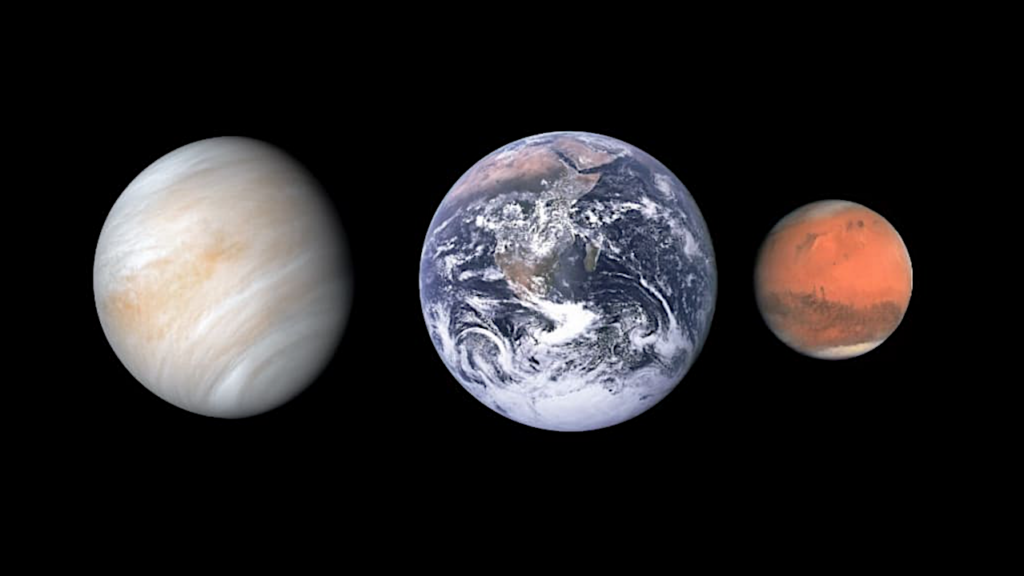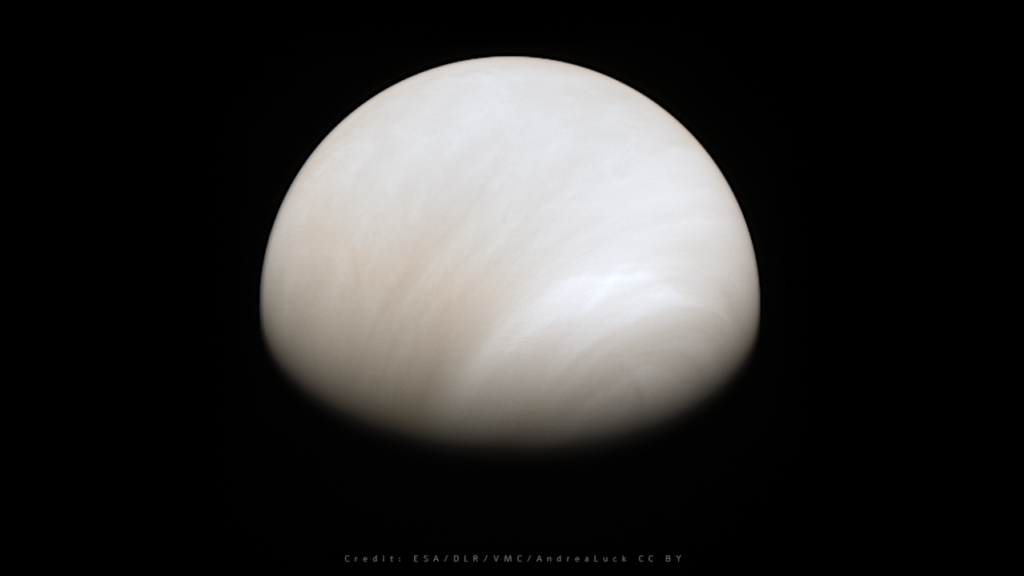The Search for Living Worlds and the Connection to Our Cosmic Origins

One of the most exciting scientific challenges is to detect Earth-like planets in the habitable zones of other stars in the galaxy and search for evidence of life.
The ability to observe and characterise dozens of potentially Earth-like planets now lies within the realm of possibility due to rapid advances in key space and imaging technologies. The associated challenge of directly imaging very faint planets in orbit around nearby very bright stars is now well understood, with the key instrumentation also being perfected and developed. Such advances will allow us to develop large transformative telescopes, covering a broad UV-optical-IR spectral range, which can carry out the detailed research programmes designed to answer the questions we wish to answer:
Carry out high contrast imaging surveys of nearby stars to search for planets within their habitable zones. Characterise the planets detected to determine masses and radii from photometric measurements. Through spectroscopic studies of their atmospheres and surfaces, search for habitability indicators and for signs of an environment that has been modified by the presence of life.
Active studies of potential missions have been underway for a number of years. The latest of these is the Large UV Optical IR space telescope (LUVOIR), one of four flagship mission studies commissioned by NASA in support of the 2020 US Decadal Survey. LUVOIR, if selected, will be of interest to a wide scientific community and will be the only telescope capable of searching for and characterizing a sufficient number of exoEarths to provide a meaningful answer to the question – Are we alone?.
This paper is a submission to the European Space Agency Voyage 2050 call for white papers outlining the case for an ESA contribution to a Large UVOIR telescope.
M.A. Barstow, S. Aigrain, J. Barstow, M. Barthelemy, B. Biller, A. Bonanos, L. Buchhave, S. Casewell, C. Charbonnel, S. Charlot, R. Davies, N. Devaney, C. Evans, M. Ferrari, L. Fossatti, B. Gaensicke, M. Garcia, A. Gomez de Castro, T. Henning, C. Lintott, C. Knigge, C. Neiner, L. Rossi, C. Snodgrass, D. Stam, E. Tolstoy, M. Tosi
(Submitted on 16 Aug 2019)
Comments: Submission to the European Space Agency Voyage 2050 call for white papers
Subjects: Earth and Planetary Astrophysics (astro-ph.EP)
Cite as: arXiv:1908.05951 [astro-ph.EP]
(or arXiv:1908.05951v1 [astro-ph.EP] for this version)
Submission history
From: Martin Adrian Barstow
[v1] Fri, 16 Aug 2019 12:51:54 UTC (1,066 KB)
https://arxiv.org/abs/1908.05951
Astrobiology








